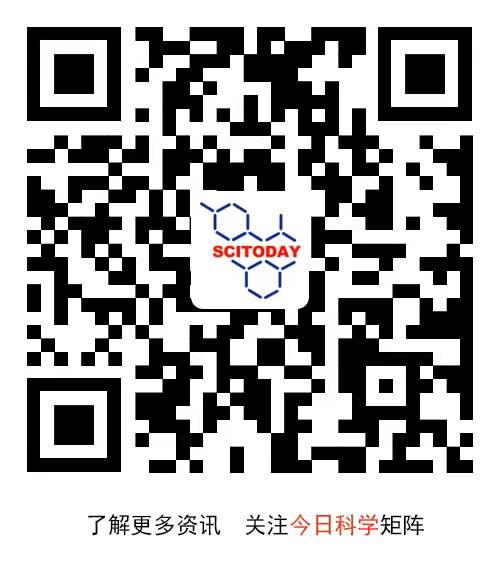里德伯子阵列中掺杂量子反铁磁体的实现
近日,法国巴黎萨克莱大学Antoine Browaeys团队研究了里德伯子阵列中掺杂量子反铁磁体的实现。该项研究成果发表在2025年8月20日出版的《自然》杂志上。
掺杂反铁磁(AFM)莫特绝缘体是人们理解强相关电子中各种现象的核心,包括高温超导体。为了描述空穴掺杂剂隧穿t和原子力显微镜自旋相互作用J之间的竞争,理论和数值研究通常集中在范式t - J模型上,并且长期以来一直寻求在高粒子密度的相关区域对该模型进行直接模拟量子模拟。
研究组实现了一种具有次近邻隧穿效应的掺杂量子反铁磁体和硬核玻色子空穴组成了Rydberg镊子平台。他们将编码自旋和空穴的三个里德伯能级之间的相干动力学作为主题,以实现可调谐的玻色子t-J-V模型,使他们能够研究以前无法获得的参数体系。研究组观察到|t/J|1并演示了在各种自旋背景下形成排斥性束缚的空穴对。NNN隧穿t和微扰对隧穿之间的干扰根据t的符号产生轻对和重对。使用单点控制实现研究二维方形晶格(反)铁磁体中单个空穴的动力学。研究组实现的模型将Rydberg镊子实验工具箱从自旋1/2模型扩展到更大的一类t-J和自旋1模型。
附:英文原文
Title: Realization of a doped quantum antiferromagnet in a Rydberg tweezer array
Author: Qiao, Mu, Emperauger, Gabriel, Chen, Cheng, Homeier, Lukas, Hollerith, Simon, Bornet, Guillaume, Martin, Romain, Gly, Bastien, Klein, Lukas, Barredo, Daniel, Geier, Sebastian, Chiu, Neng-Chun, Grusdt, Fabian, Bohrdt, Annabelle, Lahaye, Thierry, Browaeys, Antoine
Issue&Volume: 2025-08-20
Abstract: Doping an antiferromagnetic (AFM) Mott insulator is central to our understanding of a variety of phenomena in strongly correlated electrons, including high-temperature superconductors1,2. To describe the competition between tunnelling t of hole dopants and AFM spin interactions J, theoretical and numerical studies often focus on the paradigmatic t–J model3 and the direct analogue quantum simulation of this model in the relevant regime of high-particle density has long been sought4,5. Here we realize a doped quantum antiferromagnet with next-nearest-neighbour (NNN) tunnellings t′ (refs.6,7,8,9,10) and hard-core bosonic holes11 using a Rydberg tweezer platform. We use coherent dynamics between three Rydberg levels, encoding spins and holes12, to implement a tunable bosonic t–J–V model allowing us to study previously inaccessible parameter regimes. We observe dynamical phase separation between hole and spin domains for |t/J|1 and demonstrate the formation of repulsively bound hole pairs in a variety of spin backgrounds. The interference between NNN tunnellings t′ and perturbative pair tunnelling gives rise to light and heavy pairs depending on the sign of t. Using the single-site control allows us to study the dynamics of a single hole in 2D square lattice (anti)ferromagnets. The model we implement extends the toolbox of Rydberg tweezer experiments beyond spin-1/2 models13 to a larger class of t–J and spin-1 models14,15.
DOI: 10.1038/s41586-025-09377-1
Source: https://www.nature.com/articles/s41586-025-09377-1
来源:科学网 小柯机器人



